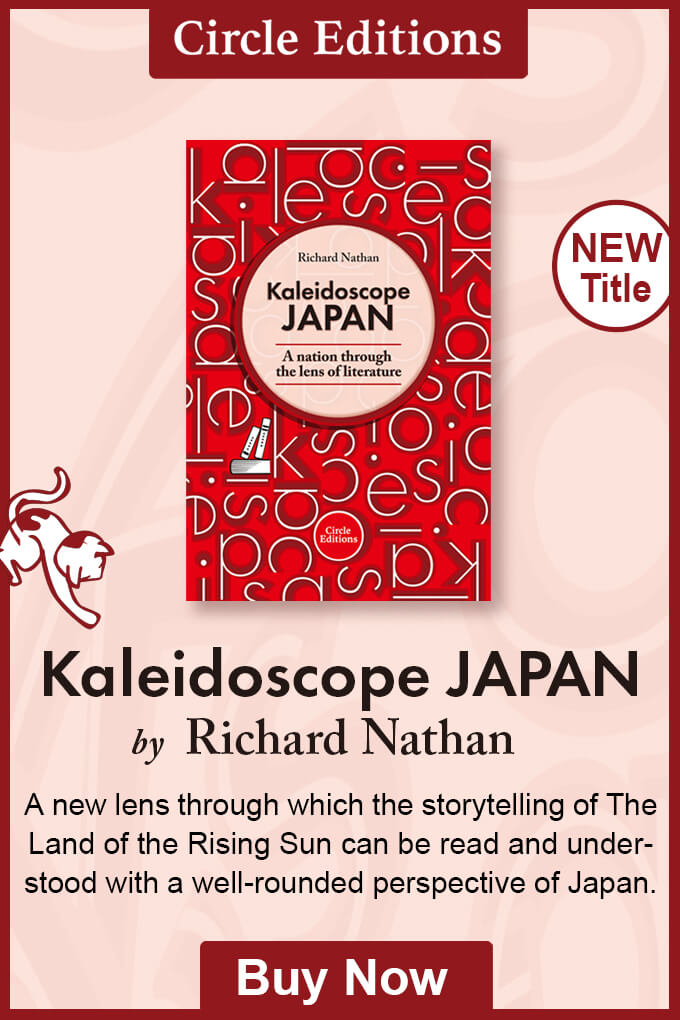- Shakespeare
In 1841 Shakespeare’s name appeared in print in Japan in Japanese for the first time[UPDATED: 6-14-2023]
In 1841, 255 years after his death, William Shakespeare’s (1564-1616) name appeared in print in Japan in Japanese for the very first time.
This historic debut of Shakespeare’s name in published Japanese occurred in Rokuzo Shibukawa’s (1815-1851) translation, from the Dutch edition, of English Grammar, an international bestseller, which experts believe has sold more copies than any other English grammar book. English Grammar penned by the American grammarian Lindley Murray’s (1745-1826) was first published in English in 1795.
The Bard’s 1841 Japanese debut was near the end of Japan’s Edo Period (1603-1868), a peaceful and prosperous period when Japan was ruled by the Tokugawa Shoguns and the nation was isolated from the world. However, by this time in late Edo Japan international contact with Japan was already increasing and some books, like English Grammar, had started circulating in translation in Japan.
The year that Shakespeare’s name first appeared in print in Japanese was, however, still 12 years before the Black Ships, Kurofune, of the American Commodore Matthew Perry (1794-1858) arrived in Japan in 1853, which famously led to Japan signing a treaty a year later with the United States. The first such treaty, that helped force Japanese markets and society to open up to international trade and contact. A treaty that subsequently led to the end of their reign over Japan by the Tokugawa Shoguns.
Ironically, the first Tokugawa Shogun, Ieyasu Tokugawa (1543-1616), who founded the Tokugawa military state with its dynasty of shoguns, and who would not have looked out of place as the lead character in a Shakespeare play, died in 1616 the same year as Shakespeare.
And perhaps unsurprisingly, when the Japanese film director Akira Kurosawa (1910-1998), who loved reading narratives with tragic scenarios and twists of fate, adapted Shakespeare’s plays into films set in Japan, he set them in feudal Japan during the Senkoku period (1467-1603), also known as Japan’s Warring States Period. A time which was riddled with military conflicts and political intrigue, that ended with Ieyasu Tokugawa’s (1543-1616) rise to power and the commencement of the Edo Period.
It took another 87 years from the appearance of Shakespeare’s name in a Japanese language printed book before the complete works of Shakespeare were published in Japanese translation in 1928.
- TOPICS:
- On Japan
- Shakespeare
- translation

